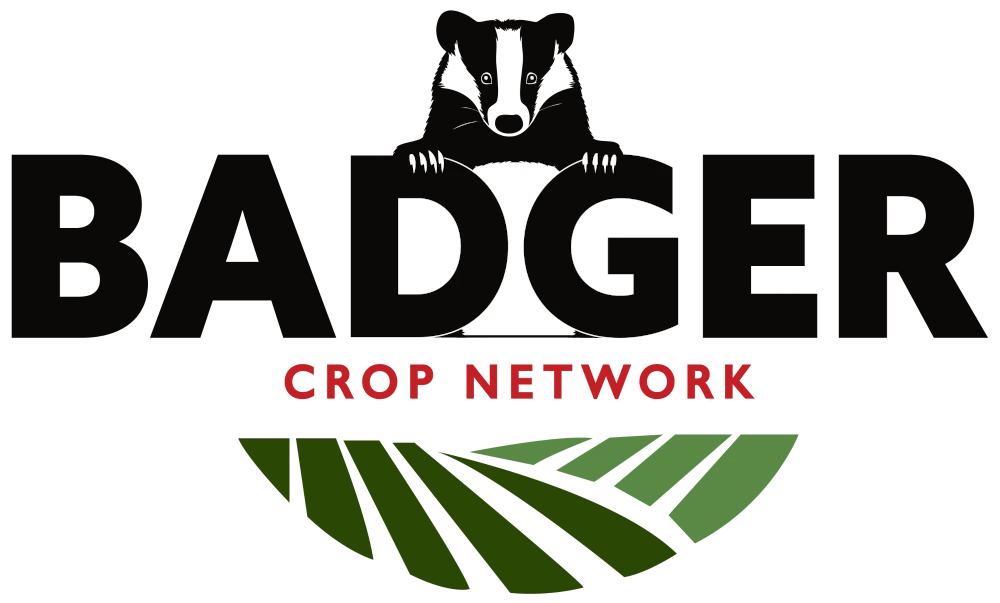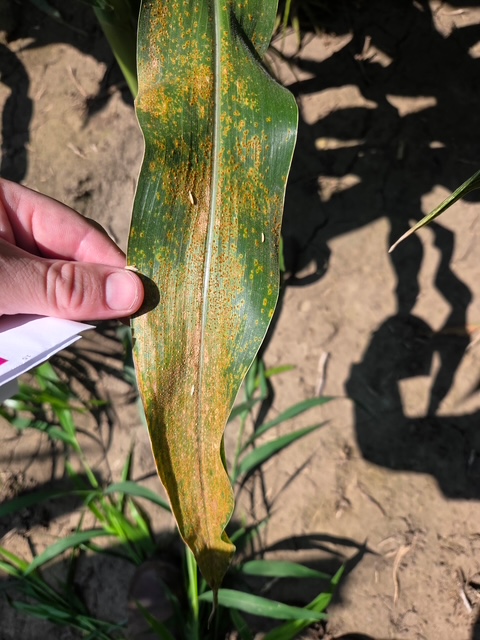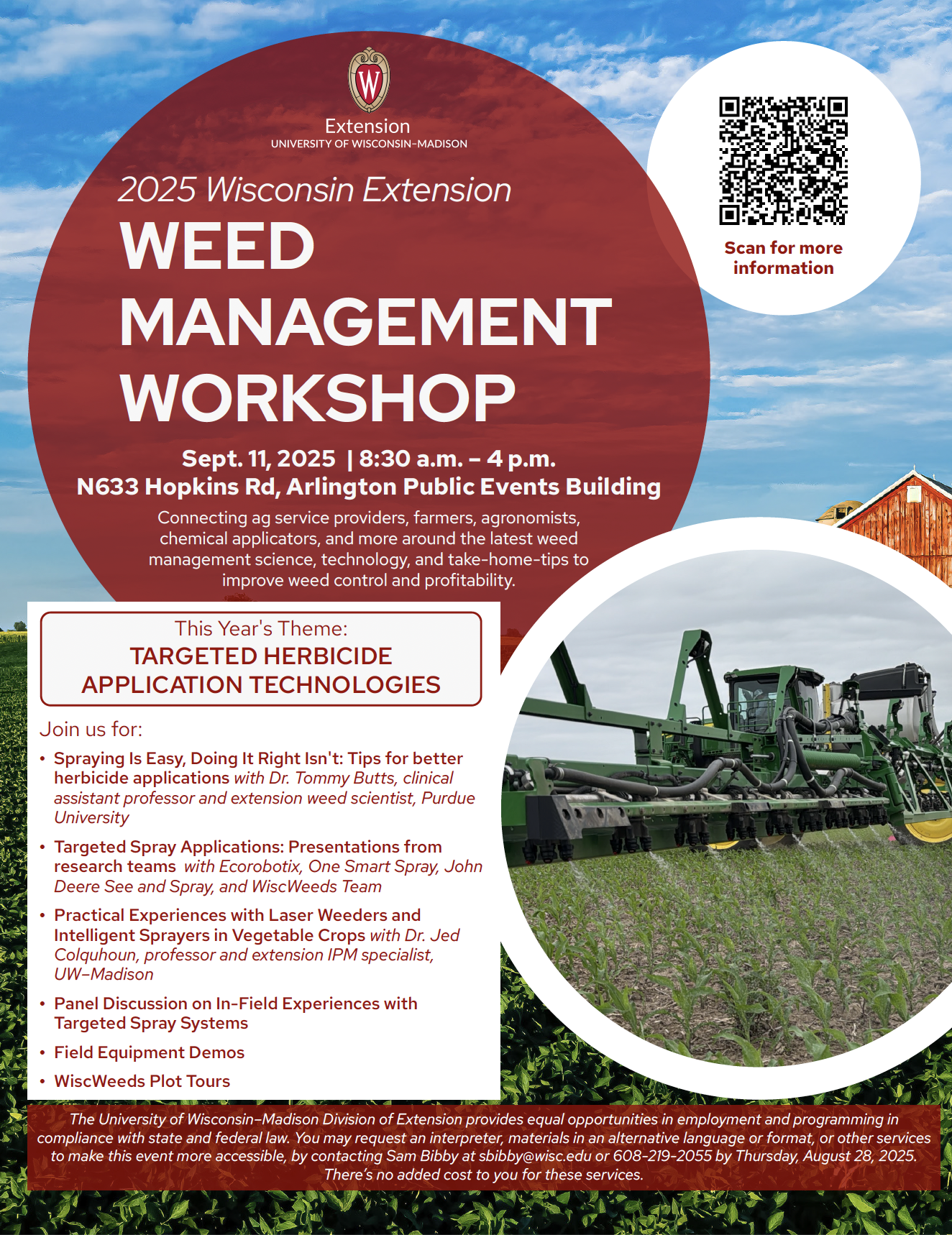Damon Smith, Extension Field Crops Pathologist, Department of Plant Pathology, University of Wisconsin-Madison
Do you like to look into the future and understand the plant disease risk coming at your farm? Have you used the smartphone apps Sporecaster, Tarspotter, or Field Prophet for your “crystal ball?” If the answer is yes and yes, you may have noticed that the smartphone apps are sunsetting. Don’t panic, we have solutions to get those plant disease forecasts!
For Wisconsin, there is the new Agricultural Forecasting and Advisory System (Fig. 1). This new Wisconsin-centric tool not only includes the Sporecaster and Tarspotter tools you were already familiar with but also adds a gray leaf spot model for corn and a frogeye leaf spot model for soybean. In addition, you can use recorded weather data from the Wisconet mesonet weather station network to obtain disease forecasts, or toggle over to gridded, cloud-based weather data from IBM Weather to get predictions at specific GPS coordinates. You will also find interactive map functions, dynamic data for different forecasting dates, and downloadable reports. Models that power the tool along with the interface developed at UW-Madison were financially supported by the Wisconsin Soybean Marketing Board and the Wisconsin Corn Promotion Board.
The Crop Protection Network (CPN) has also launched a national disease risk tool, the Crop Risk Tool (Fig. 2). The Crop Risk Tool is a web-based platform that forecasts the risk of key foliar diseases by feeding GPS-specific weather data into validated models. Currently, this tool has risk models for tar spot and gray leaf spot in corn, while models for white mold and frogeye leaf spot have been deployed for soybeans. This tool also has models specific for other cropping systems such as dry beans, potatoes, tomatoes, beets, carrots, and onions.
Key Features and Benefits
- Risk levels are updated daily based on recent weather conditions.
- The tool provides a 7-day forecast to assist in planning ahead of incoming weather events.
- This tool covers multiple major above-ground diseases affecting various crops including corn and soybeans, making it a versatile resource for integrated disease management.
- Accessible through the Crop Protection Network website, this tool is designed for easy use, with clear instructions for entering field data and interpreting results.
Regardless of which tool you use, it is important to remember that in order for any disease to develop that we have a crop variety susceptible to the disease, the correct environmental conditions, and for the pathogen to be present. These models do assume that the pathogens are present within your field. Regular scouting is important for understanding if the pathogens are present or have been present in the past.
It is also important to restrict the use of the risk prediction tool to only periods in which the crops are susceptible to the disease. For example, in corn, we recommend that the growth stages be between V10 (10 emerged leaves) and R3 (milk) for any fungicide applications. For soybeans, the growth stages of concern for white mold are between R1 (first flower) and R3 (first pod), and the crop needs to have reached crop canopy closure for the mushroom-like structures of the white mold fungus to form. The white mold models in soybeans also differ between dryland and irrigated environments due to changes in the microenvironments of those systems. The growth stages of concern for frogeye leaf spot would be between R1 (first flower) and R5 (beginning seed set). The Crop Risk Tool is freely available through the Crop Protection Network’s website. The platform is supported by research from land-grant universities, their Extension specialists, and the Crop Protection Network.
To learn more about how to best use tools like the Crop Risk tool, watch this short video. To learn more about specific diseases, check out the Crop Protection Network website. Additional resources, such as fungicide efficacy tables and disease identification guides, are also available on the CPN website. If you have questions about either disease forecasting tool, feel free to reach out to Damon at damon.smith@wisc.edu.








